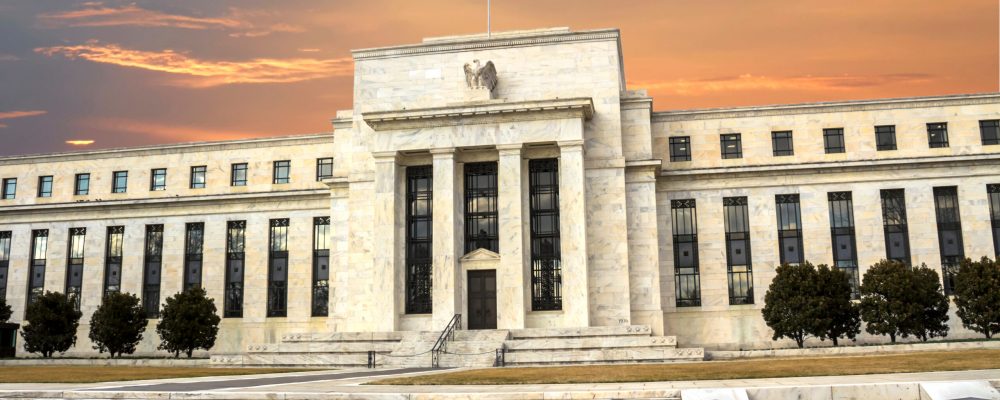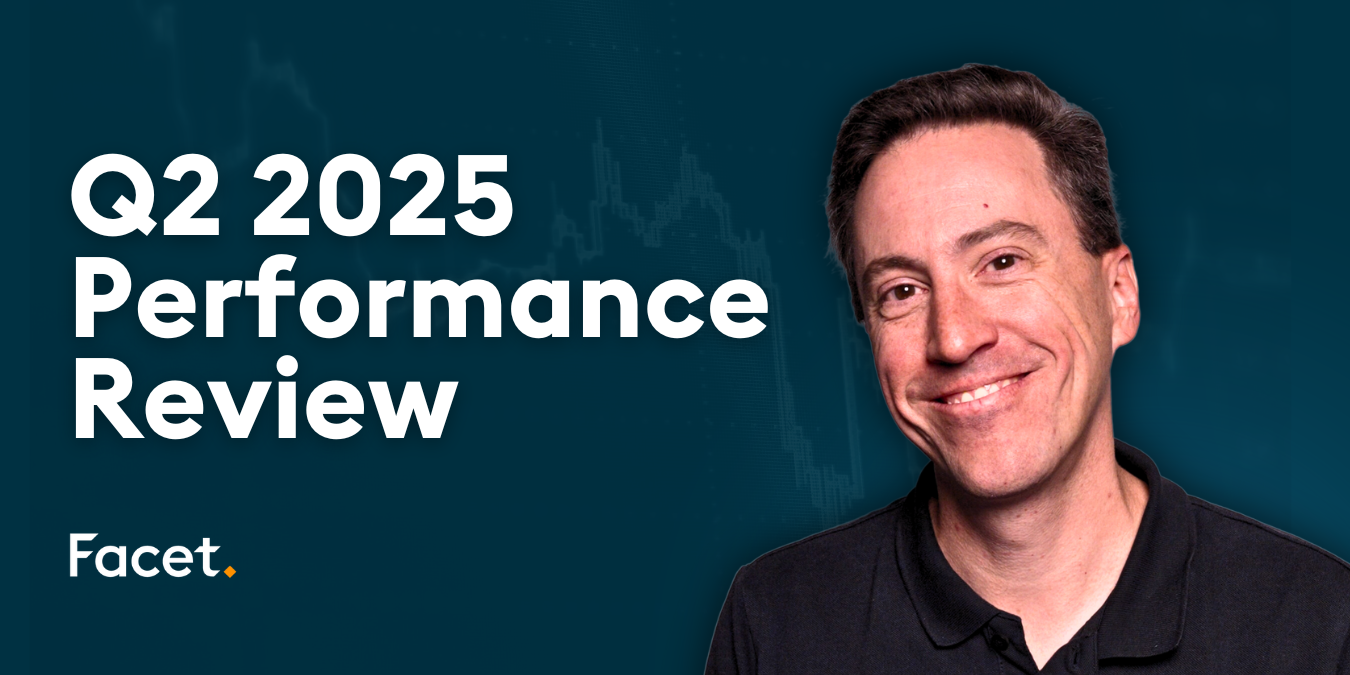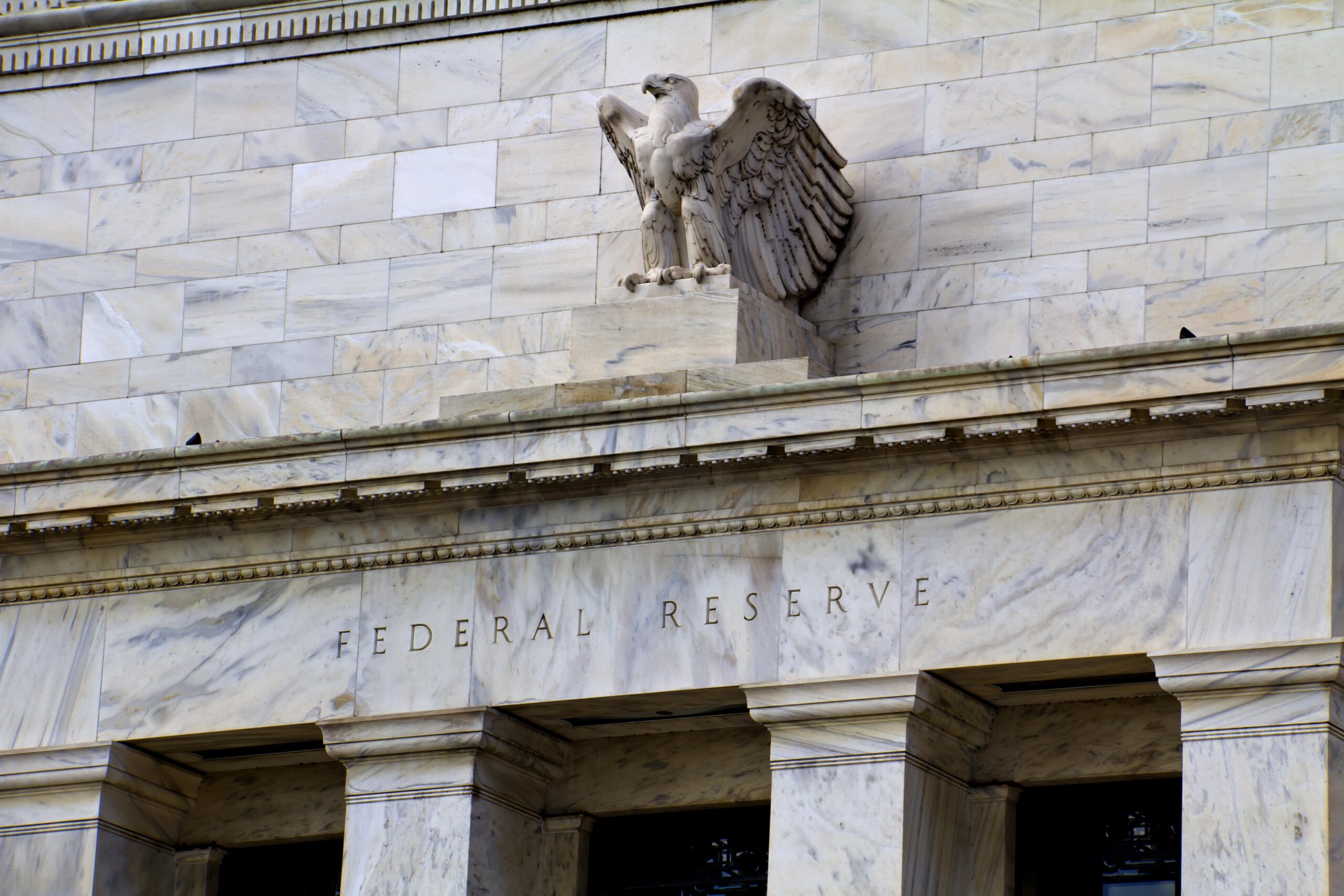
The information provided is based on the published date.
Key takeaways
- The Fed is considering its first rate cut in this cycle, shifting from its previous position of maintaining rates
- Chair Jerome Powell indicated potential rate cuts in upcoming meetings
- The decision is influenced by a decline in inflation
- The Fed's approach is cautious, aiming to balance inflation control with economic growth without causing a recession
- The future economic landscape is uncertain, with considerations on whether current conditions are a post-COVID adjustment or indicative of a longer-term change
The US Federal Reserve is getting closer and closer to the first rate cut of this cycle.
At the end of the Fed’s January meeting, Chair Jerome Powell strongly indicated that the Fed could cut rates sometime in the next few meetings, marking a rapid pivot from the holding pattern they were in for much of 2023.
As recently as November, Powell told us that the Fed was not even thinking about cutting rates “at all.”
So what changed? How aggressively might the Fed cut in the coming months? And what does that mean for your portfolio and your view of your financial planning journey?
Fed hints at rate cuts
For all of 2023, the Fed’s post-meeting press release included some version of the “pace” and “extent” of “future policy firming,” i.e., rate hikes. This meeting pivoted that language, dropping the reference to “firming” and adding that the Fed believes its “employment and inflation goals are moving into better balance.”
This tells us that further rate hikes are highly unlikely, and the Fed’s next move will be a rate cut. However, the timing of cuts is still uncertain. The Fed says it will not cut until the Committee “has gained greater confidence that inflation is moving substantially toward 2 percent.”
Powell followed with an even more overt suggestion that rate cuts are coming during his press conference. While emphasizing the Fed’s continued commitment to bringing inflation back to 2%, he said there had been “six months of good inflation data” and that it will “likely be appropriate to begin dialing back policy restraint at some point this year.”
We can see why Powell would call the slowing of inflation “good data.” Over the last three and six months, the Fed’s favored inflation measure, Core Personal Consumption Expenditures or PCE, has increased by less than a 2% pace. That compares to over 4% at this time last year.
Note that the Fed does not so lightly hint at future policy moves in this manner. Instead, it goes out of its way to avoid surprising the markets. When considering a pivot like this, it ensures that markets know well before the actual move. So when Fed officials say things like the quotes above, their goal is for markets to start anticipating such a pivot.
Powell’s reasons why now is the time to cut
The Fed Chair cited three big reasons why rate cuts are on the table. The first is the simplest: as inflation subsides, monetary policy doesn’t have to be as restrictive. Powell referred to the Taylor Rule, which we detailed after the Fed’s last meeting. This rule is a well-known way of calculating the right balance between controlling inflation and maintaining employment.
His second reason is closely related to the first. Monetary policy is currently “restrictive,” meaning it restricts economic growth, hiring, and more. There is always a risk that policy becomes too restrictive and causes a recession. Until recently, the clear risk was that policy was not restrictive enough and inflation would stay too high. Now, the Fed describes the risk as in “better balance,” meaning rates don’t necessarily have to be as high.
The third reason is a bit more technical. Most economists believe that “real” interest rates influence the economy. Real rates are just those left over after accounting for anticipated inflation. For example, today’s Fed rate target is 5.5%. If we assume inflation will be 2% going forward, then real rates are 3.5%.
As inflation declines, if the Fed doesn’t cut rates, then real rates keep rising. For example, the Fed often uses the 1-year forward inflation rate from the Survey of Professional Forecasters to estimate real rates. By this measure, the “real” Fed rate was 2.68% when the Fed last hiked in July. Now it is 2.93%.

Federal Reserve, Federal Reserve Bank of Philadelphia
So functionally, despite the Fed not taking any formal action, monetary policy has become more restrictive over the last six months, a pattern the Fed does not want to persist.
What if the economy is just healing from COVID?
Has the economy fundamentally changed since 2020? This is a massive unknown right now. Uncertainty around this question is probably weighing heavily on the Fed as it considers its next move.
On one hand, it could be that the post-pandemic job market tightness has caused a fundamental shift in labor dynamics. In the future, companies may be more worried about maintaining adequate staffing than they were before. That might make them less likely to lay off employees and more likely to raise wages to retain workers.
If that’s true, consumers would experience faster overall income growth. That would boost inflation, all else being equal, and likely result in interest rates remaining fundamentally higher than in the pre-COVID period.
On the other hand, it might be that everything that happened in the economy from 2020-2023 was an offshoot of COVID, the supply chain disruptions it caused, and the massive government stimulus. With all of that behind us, the economy might return to a state similar to that of 2019. If that happens, inflation will keep falling, and interest rates will likely drop considerably.
Here’s the “real” Fed target rate again, from 2010 to today. Today’s rates are far higher than anything else over the last decade. Unless the economy really has changed, interest rates are way too high.

Federal Reserve, Federal Reserve Bank of Philadelphia
How far could the Fed cut?
No one knows which of the scenarios above will become reality. It could even be some combination of the two. But the Fed has to consider the very real risk that the economy is simply healing from one of the greatest shocks it has ever experienced, and if so, interest rates may need to fall significantly.
Signs to watch
The Fed only knows whether its policy rate is too high by how inflation and job growth reacts to any changes it makes. If inflation keeps subsiding and (or) job growth slows, the Fed will conclude that the policy rate is too high.
This will be especially true if inflation keeps running below 2%. The Fed is paranoid about recreating the 2010-2019 dynamic of inflation being forever below their target. This was the whole idea behind the flexible average inflation targeting in 2020. If inflation starts running below 2% for much longer, expect the Fed to respond much more aggressively.
This scenario could involve the Fed cutting rates several times, even if economic growth remains pretty good. This would hardly be unprecedented.
In 2019, the Fed cut three times from 2.25% to 1.50% in response to inflation being too low, even though job growth remained consistently strong. It is also possible that the Fed cuts too slowly, and a recession ensues.
On the other hand, if the Fed cuts once or twice and inflation rebounds even mildly, it will probably stop cutting and monitor future data. This would be a sign that the economy is fundamentally different, and perhaps the Fed’s target will stay at a relatively high rate for a while to come.
Facet’s investment strategies prepare us for all of these scenarios.
- If economic growth slows, we think our underweight of emerging markets and overweight of financially flexible companies could provide some defense.
- If interest rates stay high, we believe our underweight of companies with heavy debt burdens may outperform.
- If the Fed manages to thread the needle, we expect a robust stock market all around.
Tom Graff, Chief Investment Officer
Facet Wealth, Inc. (“Facet”) is an SEC registered investment adviser headquartered in Baltimore, Maryland. This is not an offer to sell securities or the solicitation of an offer to purchase securities. This is not investment, financial, legal, or tax advice. Past performance is not a guarantee of future performance.



